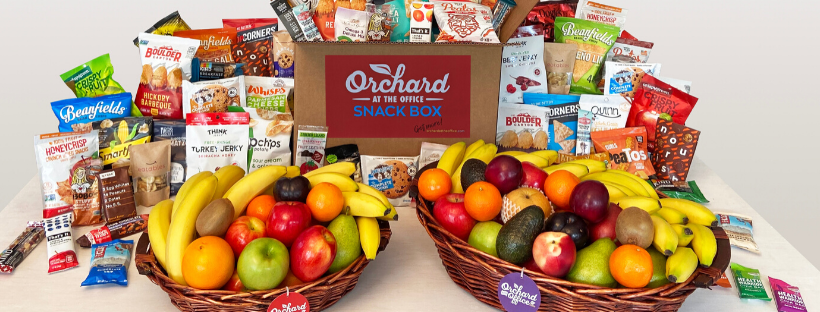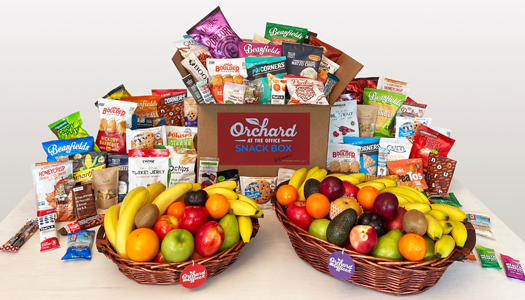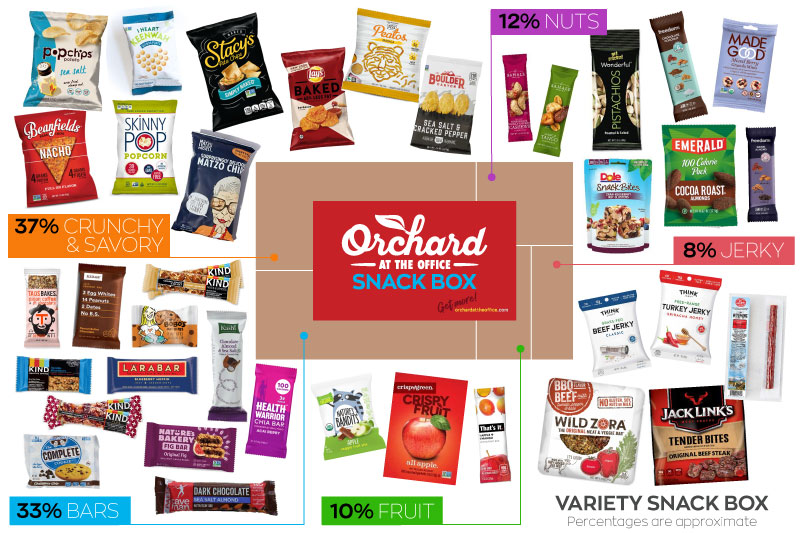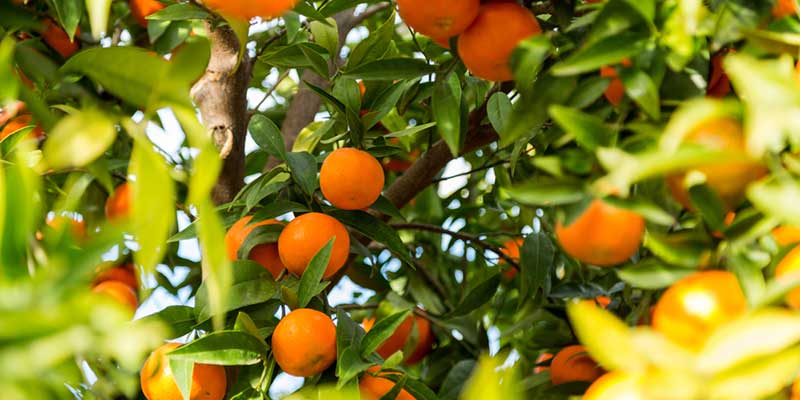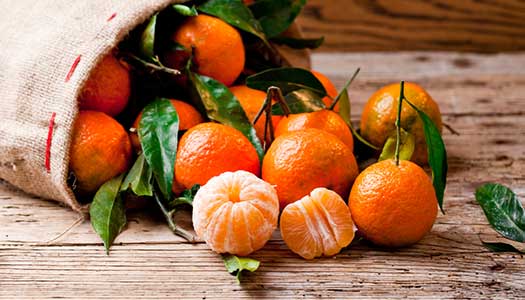Heart disease is the leading cause of death for men and women. With one in four Americans dying from heart disease each year, we can all benefit from improving our heart health. February is American Heart Month, an opportunity to boost heart disease awareness and take action to support our own heart health.
Five Valentines for Your Heart

- A nice, romantic stroll for one. Walking is a very accessible way to start improving cardiovascular health. American Heart Association recommends 30 minutes of brisk walking five times a week. Put on some tennis shoes and take it to the streets or a local mall. (You don’t have to go it alone. Take your dog, a best friend, your partner or your family.)
- The apple of your eye. The apple-a-day advice isn’t just a fun saying. Apples

are rich in fiber, nutrients, and antioxidants. Medical News Today references a study that followed the effects of apples on stroke risk. Apples are also great for lowering cholesterol. Adding an apple a day to your life is a pretty easy habit to adopt.
- Savor your steak. Many Americans love red meat. It’s nutrient-dense and quite tasty when smartly prepared. However, limiting your red meat intake could reduce your heart disease risk. High saturated fat content in steak can contribute to heart disease. If you love steak and cheeseburgers, enjoy them sparingly. Consider cutting back to one delicious red meat dish per week.
- Take yourself to bed. Sleep deprivation is cruel to your health. Without regular,

restful sleep, your body can’t complete many necessary functions for overall health and wellness. The body is built of cooperative systems, and those other malfunctions will eventually impact your heart health. Remove distractions from your bedroom and stick to a sleep schedule. If you may have sleep apnea, start seeking a diagnosis now to save years of distress on your heart.
- Make self-love a priority. Know your numbers for cholesterol, blood pressure
 and blood sugar. Aim for total cholesterol of less than 200, with triglycerides less than 150. Fasting blood sugar should be less than 100. The blood pressure goal is 120/80 or lower. Pay attention to possible symptoms that something is amiss. Get regular check-ups. De-stress and unplug. There’s also no harm in building yourself up with pep talks when you’re faced with health and life challenges.
and blood sugar. Aim for total cholesterol of less than 200, with triglycerides less than 150. Fasting blood sugar should be less than 100. The blood pressure goal is 120/80 or lower. Pay attention to possible symptoms that something is amiss. Get regular check-ups. De-stress and unplug. There’s also no harm in building yourself up with pep talks when you’re faced with health and life challenges.
Make your heart health a priority this month by giving yourself these little valentines. Turn these tips into habits and your heart will be grateful for years to come.
